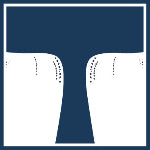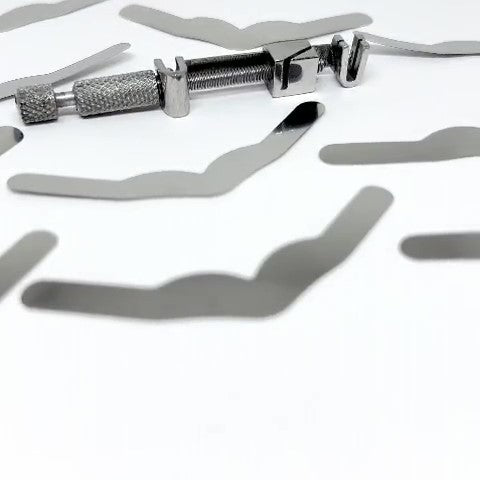Restoring the tooth’s functionality as well as rebuilding its surface following a cavity or caries can prove to be a challenging process. Especially when said cavity extends to adjacent teeth. In such cases, the restoration procedure must be done cautiously and with lots of precision. This is possible with the use of the Tofflemire matrix whose primary purpose is to effectively replace the contours of adjacent teeth affected by caries. Not only is this instrument considered universal since it can be applied on any tooth in any quadrant, but it also seals the proximal and gingival walls of the prep as well as recreates the natural tooth shape and interproximal contact. In addition to being the perfect solution for minimizing the amount of trimming necessary after the composite is cured, this retainer is remarkably simple to use. Consisting of a few steps, including some prep work, the restoration process would include all or some of the steps:
Firstly, it is recommended to place a wedge in between the teeth after anesthesia and ahead of the preparation as this allows separation between the teeth and for the band to slide in the interdental areas with greater ease. This step also plays a significant role in the protection of the interdental papilla and establishes a smooth transition between the tooth tissue and the restoration material.
After the positioning of the wedge, the matrix band is attached to the Tofflemire retainer in a process called burnishing. It involves bending the band in a circular way. The goal of this step is to acquire the desired shape of the metal matrix.
Next, the retainer is placed buccally or lingually (contra-angled retainer) inside the patient's mouth. It is important to keep in mind that one must proceed with extreme caution when placing the band to not impinge the gingiva.
Lastly, the restoration material (be it composite or glass Ionomer cement) is filled at the optimum occlusal level. Then, the retainer and wedge are removed after the restored material has reached adequate consistency. And finally, the newly reconstructed tooth has been provided with a normal contact point produced by the restored substance.
An additional benefit to using the metal matrix bands along with the Tofflemire matrix is that they’re flexible which allows them to be adapted to the shape and size of the future filling. However, shorter sizes may make it challenging to maneuver so extra attention must be paid when placing them.
In closing, we offer a wide range of bands, from standard stainless steel to brass matrices. Including those which could help deepen margins as well as create a steep emergence profile. You could purchase them in any of these forms. They’re highly recommended by dentists just as well as patients, so you should get some for the next time you’ll need to perform a complicated restoration on carious teeth!

